Before You Begin
How This Book is Organized
Petersons Official Guide to Mastering DSST Exams (Part II) provides content outlines of test sections and subsections, diagnostic tests, post-tests, and subject matter reviews for eight different DSST tests. The following table provides a summary of the information covered in each chapter.
Chapter 1: The Civil War and Reconstruction | Background on societal differences between North and South, war campaigns from 1861 to 1865, significance of various battles, homefront and political situation during each phase of the war, costs of the war, federal Reconstruction policies, Southern responses |
Chapter 2: Introduction to World Religions | Basic dimensions and approaches of religion; traditions of indigenous religions; the historical development, doctrine, and practice of major world religions; religious movements through history |
Chapter 3: Environment and Humanity | Ecological concepts as background such as ecosystems, roles of organisms, population biology, and succession; environmental impacts such as human population growth and physical factors in global climate change; environmental management and conservation policies, including renewable and nonrenewable resources, agriculture, land use, water, wastes, recycling; political processes and ethics |
Chapter 4: Personal Finance | Basic terminology and concepts such as setting financial goals and budgeting; consumer credit and bankruptcy; making major purchases; dealing with taxes; buying various types of insurance; saving and investing; planning for retirement and estate planning |
Chapter 5: Human Resource Management | Functions and issues, various responsibilities and policies related to staffing, factors affecting training and development, techniques and issues related to performance appraisals, compensation procedures and issues, occupational health and safety issues, employee rights related to discipline and employment law, union procedures and issues, changing patterns in the workforce and workplace |
Chapter 6: Organizational Behavior | Basic concepts; individual processes such as perception, personality, attitude, learning, motivation, and work stress; interpersonal and group processes such as group dynamics, group behavior and conflict, leadership, power and politics, and communication; organizational processes such as decision making, structure, and design; change and development processes including basic processes and concepts, and applications and techniques |
Chapter 7: Introduction to Business | Basic concepts; functions including management, marketing, finance, accounting, production and operations, management information systems, and human resources; issues including e-commerce, ethics and social responsibility, and the global business environment |
Chapter 8: Heres to Your Health | Basic concepts of physical and mental health; human development including reproduction, sexuality, intimacy, healthy aging, and death and bereavement; use and abuse of substances; components of physical fitness; factors and effects of good nutrition; diseases including infectious diseases, cancer, cardiovascular diseases, immune disorders, diabetes, arthritis, genetic-related disorders, and neurological disorders; safety; violence and intentional injuries; consumer and environmental concerns |
Each chapter of the book is organized in the same manner:
Content outline of test sections and subsections, including a comparison of the percentage of questions covered in the diagnostic test and post-test versus the actual exam
Diagnostic Test20 questions, followed by an Answer Explanations
General subject overview and subject review
Post-Test60 questions, followed by an Answer Explanations
The content outline at the beginning of each chapter allows you to see the sections and subsection covered on the DSST exams. In each outline, there are three columns that offer helpful information on the number and percentages of questions covered in each section and subsection. The first column lists the percentage of questions covered for each section on the actual exam. The second column tells you how many test questions per section and subsection can be found in the chapter. The third column tells you the percent of practice questions per section and subsection in the chapter.
The purpose of the diagnostic test is to help you figure out what you know... or dont know. The 20 multiple-choice questions are similar to the ones found on the DSST, and they should provide you with a good idea of what to expect. Once you take the diagnostic test, check your answers to see how you did. Included with each correct answer is a brief explanation regarding why a specific answer is correct, and why other options are incorrect. In most instances, additional information has been added to the answers to increase their usefulness to you. Take note of the questions you miss, so that you can spend more time reviewing that information later. As with any exam, knowing your weak spots greatly improves your chances of success.
Following the diagnostic test in each chapter is a subject matter review. The review summarizes the various topics covered on the DSST exam. Key terms are defined, important concepts are explained, and, when appropriate, examples are provided. As you read the review, some of the information may seem familiar while other information may seem foreign. Again, take note of the unfamiliar because that will most likely cause you problems on the actual DSST. If you need more information about a topic than what the review provides, refer to one of the textbooks recommended for the test.
After studying the subject matter review, you should be ready for the post-test. The post-test for each chapter contains 60 multiple-choice items, and it will serve as a dry run for the real DSST. Take the time to answer all of the questions because they are similar to those found on the specific DSST exam youre studying. As with the diagnostic test, post-test answers and explanations are at the end of each chapter.
Special Study Features
Petersons Official Guide to Mastering DSST Exams (Part II) is designed to be as user-friendly as it is complete. To this end, it includes two features to make your preparation more efficient.
Overview
Each chapter has a bulleted overview listing the topics covered in the chapter. This will allow you to quickly target the areas in which you are most interested and need to review.
Summing It Up
Each review chapter ends with a point-by-point summary that captures the most important information in the chapter. The summaries offer a convenient way to review key points.
Youre Well on Your Way to Success
Youve made the decision to take the DSST and earn college credit for your life experiences. Petersons Official Guide to Mastering DSST Exams (Part II) will help prepare you for the steps youll need to achieve your goalscoring high on the exam!
Find Us on Facebook
Join the DSST conversation by liking us on Facebook at facebook.com/petersonspublishing. Here youll find additional test-prep tips and advice. Petersons resources are available to help you do your best on these important examsand others in your future.
Give Us Your Feedback
Petersons publishes a full line of bookstest prep, education exploration, financial aid, and career preparation. Petersons publications can be found at high school guidance offices, college libraries and career centers, and your local bookstore or library. Petersons books are now also available as eBooks.

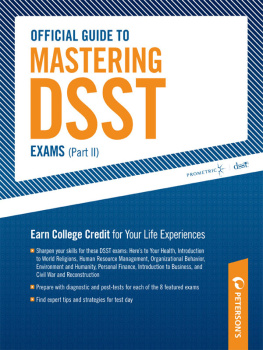
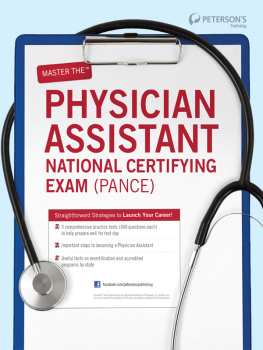
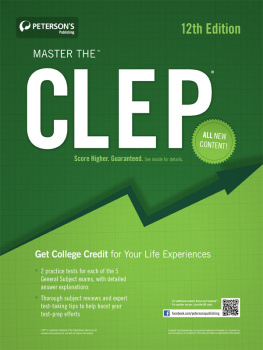

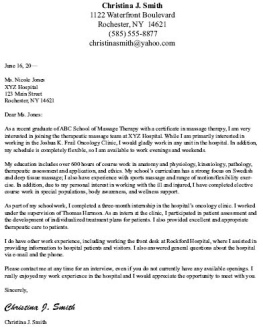
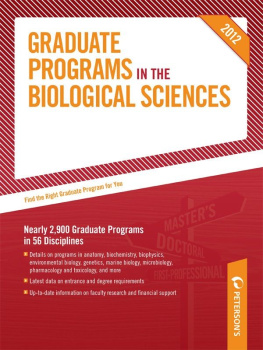
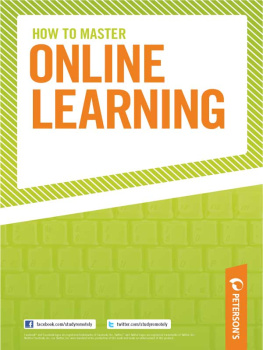

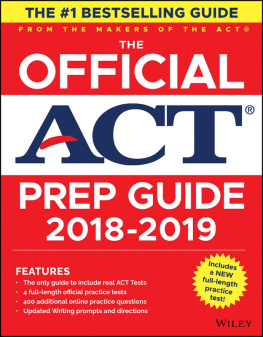
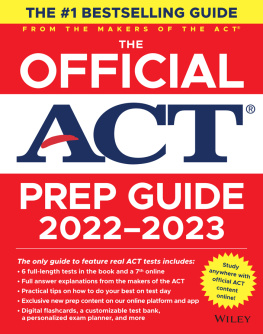
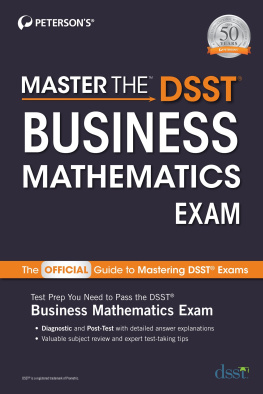
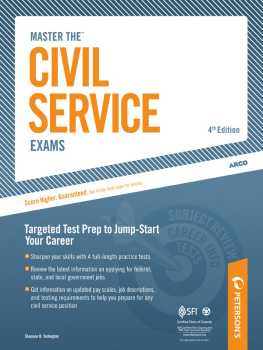
![ACT - The official ACT prep guide, [2018]: [the only official Prep Guide from the Makers of the ACT]](/uploads/posts/book/164684/thumbs/act-the-official-act-prep-guide-2018-the.jpg)
